Beyond Guesswork: How Data Science Is Transforming Cyber Risk Assessment
Most cybersecurity risk assessments today are built on a shaky foundation: educated guesses. Teams assign subjective scores to vague categories like “high likelihood” or “moderate impact,” often relying on experience or intuition. This approach, while better than nothing, lacks consistency, transparency, and precision—especially when it comes to quantifying risk in dollars and probability.
The FAIR framework (Factor Analysis of Information Risk) has become a widely used method to bring rigor to cyber risk analysis. It helps organizations estimate how often a threat might occur, and how much it could cost. But even FAIR depends on inputs that are difficult to pin down—especially in complex environments like healthcare.
That’s where data science comes in.
By applying Bayesian networks, we can model how risks are linked—how a vulnerability in one system might increase the chance of failure in another. Bayesian methods update risk estimates as new information comes in, making your models smarter over time.
Copulas, another powerful statistical tool, let us capture how cyber events might be correlated—such as how a ransomware attack and a system outage might move together, even if they don’t have a direct causal link. This is especially valuable in healthcare, where interdependent systems (PACS, EHR, imaging equipment) are often attacked together.
Used together, Bayesian networks and copulas transform the FAIR model from a static framework into a dynamic, data-informed engine for decision-making. Instead of broad ranges and expert guesswork, organizations get clearer answers to critical questions:
What’s our real exposure? What’s most likely to fail next? Where will a dollar of mitigation make the biggest difference?
At Jourdain Risk Group, we use these tools to give healthcare organizations risk assessments they can act on—grounded in math, built for medicine.
Would you like a visual explainer or infographic to pair with this post?
